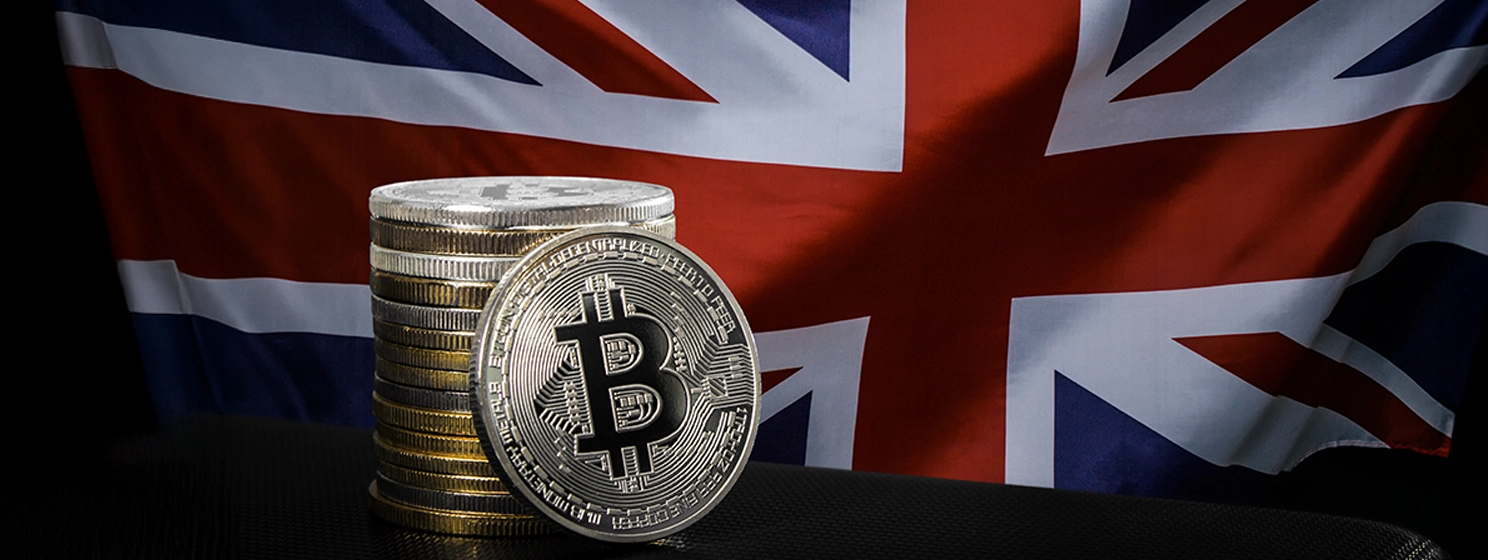|
Getting your Trinity Audio player ready...
|
Central banks worldwide have been experimenting with blockchain, digital currencies, and tokenization for several years, but the European Central Bank (ECB) has been ahead of the curve since the beginning.
In the latest development regarding the digital euro, the ECB called for partners to test conditional payments in a central bank digital currency (CBDC) simulation starting in February 2025. It has also opened applications for partners willing to explore tokenization and other innovative use cases.
It’s one of a steady stream of stories showing how central banks are taking blockchain technology, digital currencies, and tokenization seriously. This week, the U.S. Treasury recently discussed tokenizing U.S. Treasuries as the BIS handed the CBDC cross-border settlement system mBridge over to participating central banks.
What is the digital euro, and what are conditional payments?
The ECB was one of the first central banks to embrace digital currencies and tokenization. In 2020, it explored the concept of a digital euro before entering the preparation phase in 2023.
The digital euro will be a digital form of the currency aiming to complement physical cash. The ECB hopes it will be a secure, efficient, and universally accepted form of payment across the euro area.
While payments between EU members have improved dramatically with the introduction of SEPA bank transfers, there are still some issues that the digital currency can help address: payment systems remain fragmented, digital payments still rely heavily on non-European entities, and navigating the EU’s notoriously dense regulations can be challenging.
However, the final decision on the digital euro won’t be made until late 2025. The results of the aforementioned conditional payment trials will help inform that decision.
What is tokenization?
Aside from payment trials, the ECB also called for partners to explore innovative use cases around tokenization. This could involve tokenizing bonds and other financial instruments, exploring unified ledger systems, or looking at how tokenized assets across multiple interoperable ledgers.
What kinds of assets can be tokenized? Essentially, anything—and the tokenization of everything is likely coming. Everything from stocks and bonds to real estate, gold, and even everyday items moving through supply chains can be tokenized.
While the idea has only gone mainstream in the past several years, blockchain entrepreneurs have been talking about tokenization and working on solutions for around a decade. Firms like UNISOT are using the BSV blockchain to tokenize fish and improve seafood supply chains, while Tokenized enables the creation of custom tokens that meet strict regulatory standards.
Tokenization on blockchains offers several benefits, not least of which is greatly improved transparency and traceability. Faster settlement times, enhanced liquidity, reduced costs, greater operational efficiency, and enhanced security and fraud detection are just some ways tokenization can improve virtually every industry.
As the ECB and other central banks continue to explore these and other related innovations, expect the trend to pick up pace and more related news to emerge. Blockchain technology, digital currencies, and tokenized assets are the future, and we’re reaching a tipping point where it will all come together quickly.
Watch Python SDK: Essential tool for BSV developers

 12-20-2025
12-20-2025 




